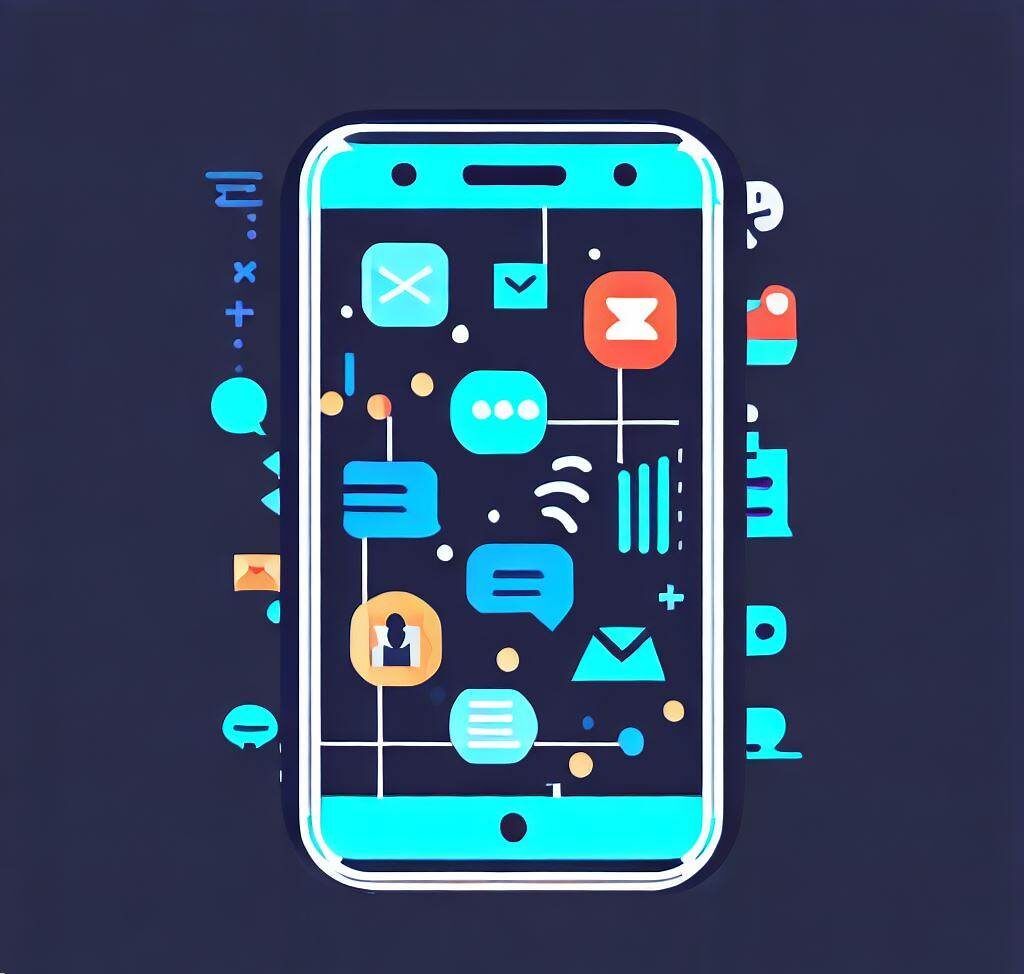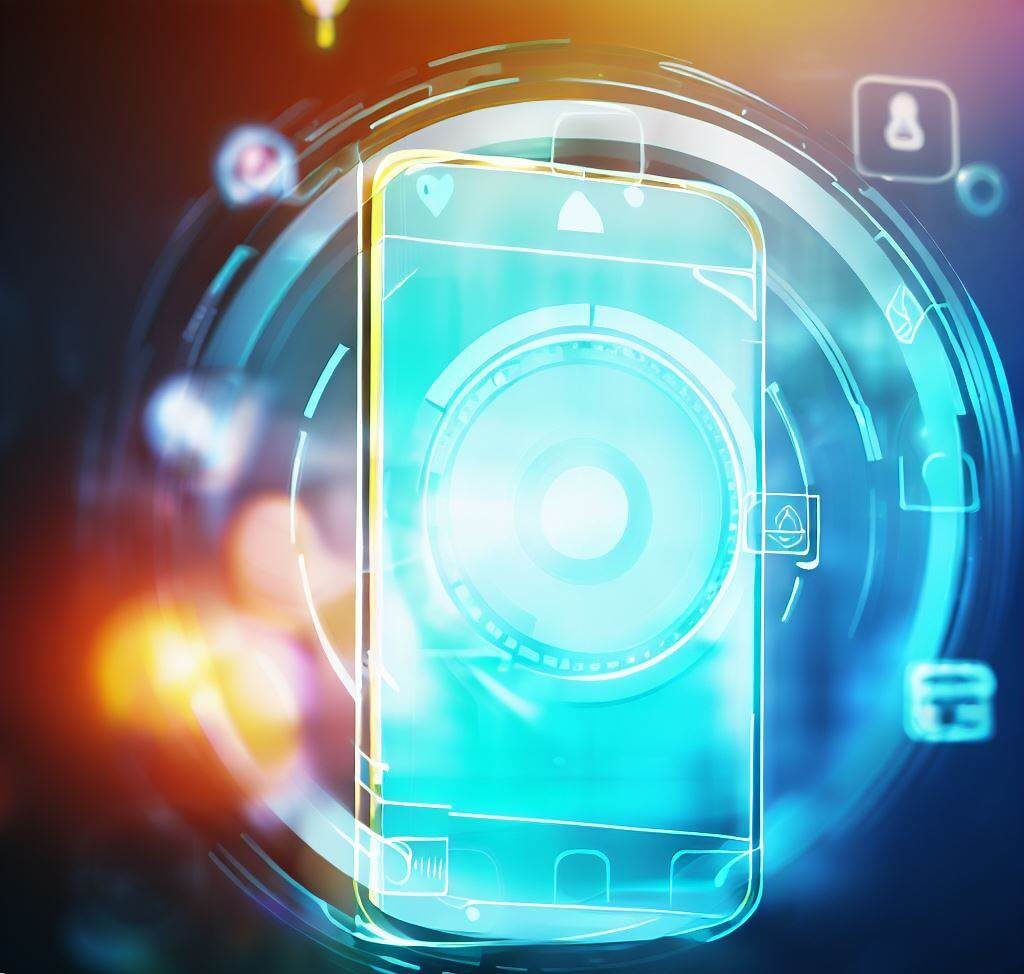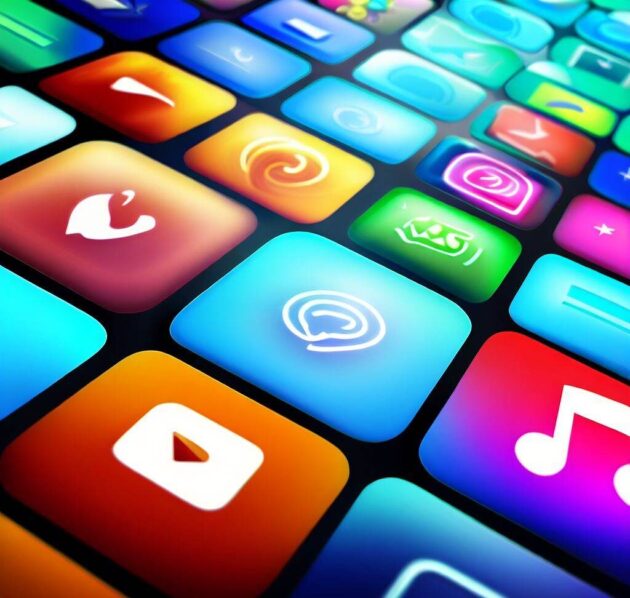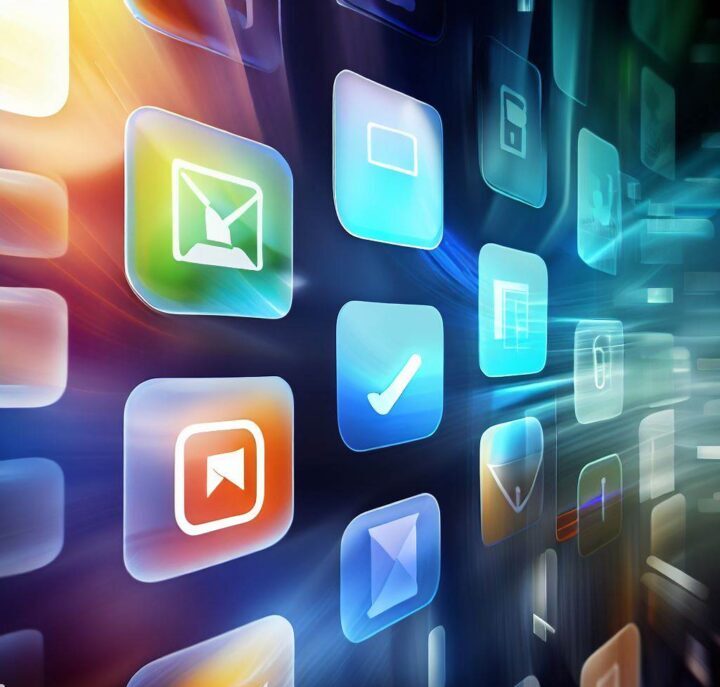Mobile apps are now an essential part of our lives, but their journey from simple tools to AI-powered platforms is a story of rapid innovation and constant change. In this post, we’ll explore the history of apps-from the earliest days of mobile phones to today’s smart, connected world.
Table of Contents

The Early Days: Before Smartphones
1970s–1980s: The Foundations
- 1979: Japan launched the first automated cellular network for cars, laying the groundwork for mobile communication.
- 1983: Motorola introduced the DynaTAC 8000X, the first commercially available mobile phone. These early devices were focused solely on making calls.
1980s–1990s: Personal Digital Assistants (PDAs) and Early Apps
- PDAs, like the Psion Organizer and Palm Pilot, introduced the concept of mobile applications with features such as calculators, calendars, and address books. These were the first tools that resembled what we now call apps.
The First Mobile Apps
1993–1994: The Birth of the Smartphone
- IBM Simon (1994): Often called the world’s first smartphone, the IBM Simon included built-in apps like a calculator, address book, notepad, and world clock. This marked the true beginning of the history of apps.
1997: The First Game App
- Nokia 6110: Introduced the iconic game “Snake,” which became the first widely recognized mobile game app and a cultural phenomenon. This simple game showed the potential for mobile devices to provide entertainment, not just utility.
The Rise of App Platforms
Late 1990s–Early 2000s: WAP and Java
- 1999: Wireless Application Protocol (WAP) allowed users to access basic web content on mobile devices.
- Java ME: Java 2 Micro Edition enabled more interactive and complex apps on feature phones, leading to the rise of downloadable games and tools.
2002: BlackBerry and Business Apps
- BlackBerry 5810: Brought wireless email, push notifications, and productivity apps to business users, setting a new standard for mobile communication.

The App Revolution: iPhone and Android
2007: Apple iPhone Changes Everything
- The first iPhone launched with built-in apps like Maps, Weather, and Photo Gallery, and introduced a touch-based interface that made apps more accessible and engaging.
- Apple soon released a Software Development Kit (SDK), allowing third-party developers to create their own apps for the platform.
2008: The App Store Era
- Apple App Store: Launched with 500 apps, it enabled developers to reach millions of users globally. Within three days, there were over 10 million downloads.
- Android Market: Google’s answer to the App Store, it started with just 50 apps but quickly grew as Android devices became more popular.
2010: The Word “App” Goes Mainstream
- The American Dialect Society named “app” the Word of the Year in 2010, reflecting how deeply apps had become embedded in everyday life.
The Explosion of Mobile Apps
2010s: Apps for Everything
- 2010: Apple launched the iPad, with thousands of apps optimized for the larger screen.
- 2011: Both Android and iOS surpassed 10 billion app downloads.
- 2012: Google unified its content under the Google Play Store, making it easier for users to find and download apps.
- 2013–2017: The number of apps skyrocketed, with millions available on both Apple and Android stores.
Notable Milestones
- Angry Birds (2009): Became a global hit, illustrating the power of mobile gaming.
- DrawSomething (2012): Reached 1 million users in just nine days, showing the viral potential of mobile apps.
- Social Media Apps: Facebook, Instagram, and Snapchat transformed how people connect and share content.

Evolution in App Development
Cross-Platform and Cloud Apps
- 2010: Tools like PhoneGap (now Apache Cordova) allowed developers to create apps that worked on multiple platforms, saving time and expanding reach.
- Cloud Integration: Apps began to leverage cloud computing for storage, processing, and real-time updates, making them more powerful and scalable.
Progressive Web Apps (PWAs)
- 2015: PWAs combined the best of web and native apps, offering fast, reliable, and engaging experiences directly from the browser.
The Age of Smart Apps: AI, AR, and Beyond
Artificial Intelligence (AI) and Machine Learning
- 2020s: Apps started integrating AI for features like voice assistants, personalized recommendations, and smart automation.
- Augmented Reality (AR) and Virtual Reality (VR): Apps like Pokémon Go brought AR to the mainstream, while VR apps opened new worlds for gaming and learning.
5G and the Future
- 2019 Onwards: The rollout of 5G networks enabled faster downloads, real-time streaming, and more immersive app experiences.
The Impact of COVID-19
- The pandemic accelerated the development of apps for remote work, telemedicine, and contactless services, making mobile apps even more vital to daily life.
Key Trends in Mobile App Development
- User-Centric Design: Modern apps focus on intuitive interfaces and seamless experiences.
- Security and Privacy: As apps handle more sensitive data, security has become a top priority.
- Integration with Smart Devices: Apps now connect with wearables, smart home devices, and even cars.
- Continuous Updates: Developers release frequent updates to add features, fix bugs, and enhance security.
The Future of Apps
The history of apps is still being written. With advancements in AI, AR, IoT, and 5G, the next generation of apps will be even smarter, more connected, and more essential to our lives. Apps have moved from simple tools to powerful platforms that shape how we communicate, work, learn, and play.
Conclusion
From the first built-in calculators and games to today’s AI-powered platforms, the journey of mobile apps is a story of innovation and transformation. As technology continues to evolve, so will the apps that power our world. Whether you’re a user or a developer, the future of mobile apps promises even more exciting possibilities.






It’s very simple to find out any topic on web as
compared to books, as I found this post at this web site.
Very good idea